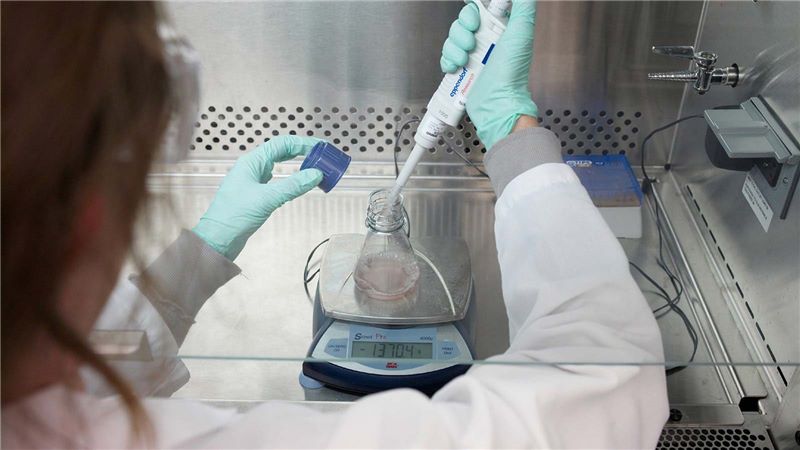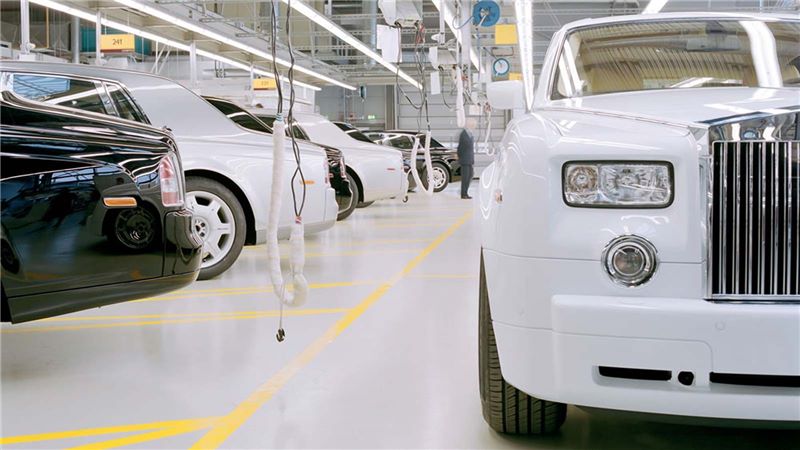Sustainable manufacturing: Cutting the quilt
While catching the news on a business trip in Denver, I recently heard a local meteorologist explaining climate change with the analogy that carbon dioxide works like the down layer of a quilt, trapping heat in the atmosphere.
Since then, I have been thinking about how we support companies in manufacturing and pharma industries in considering sustainable development options here in the U.S., where policies like the Inflation Reduction Act, Bipartisan Infrastructure Law (BIL), and CHIPS and Science Act are driving a renaissance surge in manufacturing construction. These expenditures climbed to an all-time, inflation-adjusted annual high of $223 billion in the U.S., more than twice the investment rate of 2021.
America is seeing the largest, fastest manufacturing boom since the 1950s-era industrial revolution, and there’s not a client we serve who doesn’t want to reduce environmental impacts along the way. Yet, to build on the weatherman’s analogy, navigating the U.S. landscape for capital development is like trying to piece together a vast patchwork quilt comprised of pieces that don’t necessarily fit together. It’s an array of local, state, and national requirements—many of which conflict with one another—with widely divergent geographic, environmental, infrastructure and socioeconomic conditions to consider.
While sustainability requirements are routinely embedded and streamlined in government-funded projects, private-sector companies must evaluate sustainability location-by-location, in context with operational and supply-chain requirements, returns on invested capital, market demands and stakeholder expectations.
To move forward, our industry must look for ways to “cut the quilt,” to advance sustainability while supporting companies’ operational and growth objectives against the particular patchwork affecting the development of the assets and supply chains. Key areas we need to look at include:
- Applicable local, state, and federal regulatory and permitting requirements, including consideration of the interactions among them;
- Valuation of economic factors like capital budgets, fees, taxes, financing, and incentives;
- Local resources and considered management of land, water, air, economies, and workforce development;
- Energy, power generation, and load optimization considering grid infrastructure, bulk power supply, co-generation, renewables, efficiency, and impact mitigation measures; and
- Organizational, portfolio, and stakeholder considerations.
The key is to meet companies wherever they are on their sustainability journey to stitch pieces together in the best possible arrangement. For example, in one location, the best path might include focusing on energy demand reduction, while for another location the optimal strategy could be to combine purchased renewable power with upgrades to more efficient equipment when existing systems approach their service limits.
Data deluge
Efficient data processing remains one of the most significant challenges for manufacturers to assess, measure, and improve sustainability. The rise of industrial digitization driven by advanced sensors and networked equipment has created an overwhelming deluge of raw data for manufacturers to manage. An August 2024 report of the U.S. Manufacturing Leadership Council found that 70 percent of manufacturers reported that they still manually input data, largely due to lacking standardization and gaps between older equipment and modern, digitally driven systems.
Artificial intelligence applications will play a pivotal role to help manufacturers integrate and apply all that data for predictive analytics to optimize performance, including measures enabling meaningful sustainability improvements, from production tracking and supply chain optimization to energy efficiency, emissions mitigation, and circular resource management strategies.
While digital and automated technologies get a lot of the press today, we cannot forget that it takes human ingenuity to inspire meaningful improvement in measures of quality, safety, continuity, and efficiency. The manufacturing renaissance provides the perfect opportunity to cut the proverbial quilt with informed strategies for sustainable development and management.












